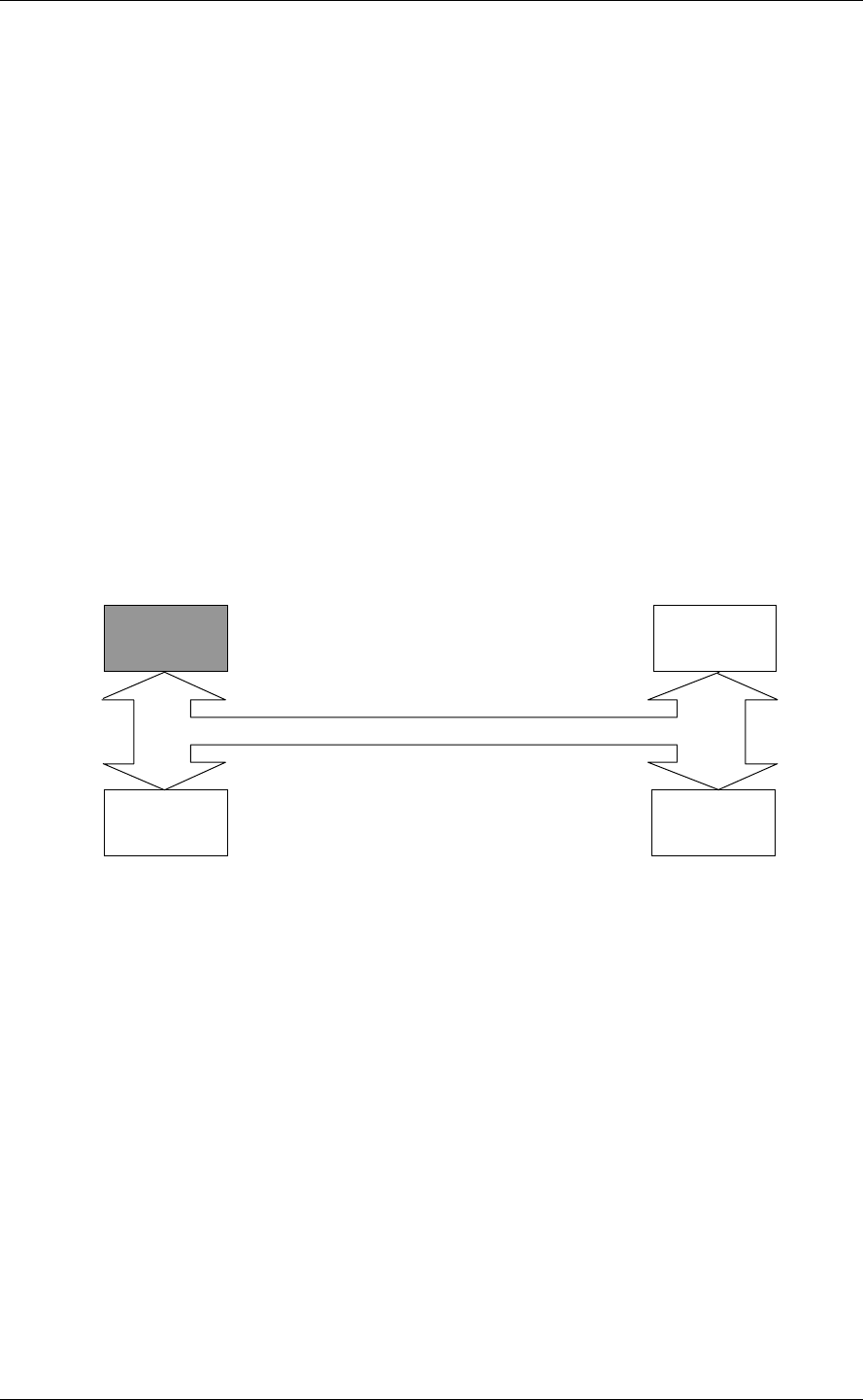
3.1 Control/Sense Commands
C141-E167 3 -
39
(3) Changing the reserve conditions (Superseding Reserve)
The INIT which has the reserve right for an IDD (the INIT which has issued this command in the
past and has established the IDD reserve state) can change the IDD's reserve conditions by issuing a
another RESERVE command (Superseding Reserve).
When a superseding reserve is executed, the IDD releases the reserve state it was in up to that point
and establishes a new reserve state in accordance with the specifications in this newly issued
command.
By using this function, the INIT can, for example, change the SCSI device (SCSI ID) for which the
logical unit is reserved while continuing the reserve state of the logical unit with which the reserve
state was established using the previous third party reserve function.
• Reserve right and the third party reserve function
Remark
In order to clarify the jurisdiction related to reserve and release, the term "Reserve Right" is used
in this manual.
1. If INIT #A issues a RESERVE command which does not specify the third party reserve function
to TARG #0, TARG #0 enters the reserved state from INIT #A and INIT #A has the reserve
right with respect to TARG #0. In this case,
• INIT #A has an exclusive monopoly over TARG #0.
• Any commands issued to TARG #0 by any other SCSI device (INIT #B, TARG/INIT #1)
are rejected with a RESERVATION CONFLICT status, with the exception of an
INQUIRY, REQUEST SENSE or RELEASE command. The RELEASE command is
terminated normally, but TARG #0's reserve state is not influenced by it.
2. If INIT #A issues a RESERVE command which specifies the third party reserve function ("3rd
Pty Dev ID" = TARG/INIT#1), TARG #0 becomes reserved from TARG/INIT #1, but INIT #A
has the reserve right. In this case,
• TARG/INIT #1 has an exclusive monopoly of TARG #0. However, if TARG/INIT#1
issues a RESERVE command, that command is rejected with a RESERVATION
CONFLICT status. Also, a RELEASE command is terminated normally, but it has no
influence on the TARG #0 reserve right.
TARG
#0
INIT
#A
TARG/INIT
#1
SCSI Bus
INIT
#B


















